When people hear “gamification,” points and badges often come to mind first. Points and badges are common types of gamification. They reward users with status and recognition. However, relying solely on points and badges has limitations. Exploring the broader landscape of engaging mechanics is valuable to achieve gamification’s full potential.

This article will guide you about various types of gamification to inspire you to get creative with game elements. We’ll go beyond points and badges to incentivize users, modify behaviors, and boost engagement through novel gamification approaches.
Let’s level up!
Table of Contents
- Beyond Points and Badges
- Examples of Each Mechanic
- Choosing the Right Mechanics
- Essential Considerations
- Final Words
Over-relying on just points and badges has drawbacks:
- Lack of variety leads to stagnant engagement over time.
- Point farming and badge hunting often focus on quantity over quality.
- Manipulation and unethical behavior can emerge.
- This shallow approach misses gamification’s full potential.
The world of game mechanics is rich with possibilities to motivate and engage users strategically beyond points and badges. Let’s explore some of those options.
Beyond Points and Badges
Gamification mechanics are game elements applied to drive user engagement in non-game contexts. Here are some categories and examples of mechanics beyond points and badges:
Progress Mechanics
- Levels – Mark progress through tiered stages.
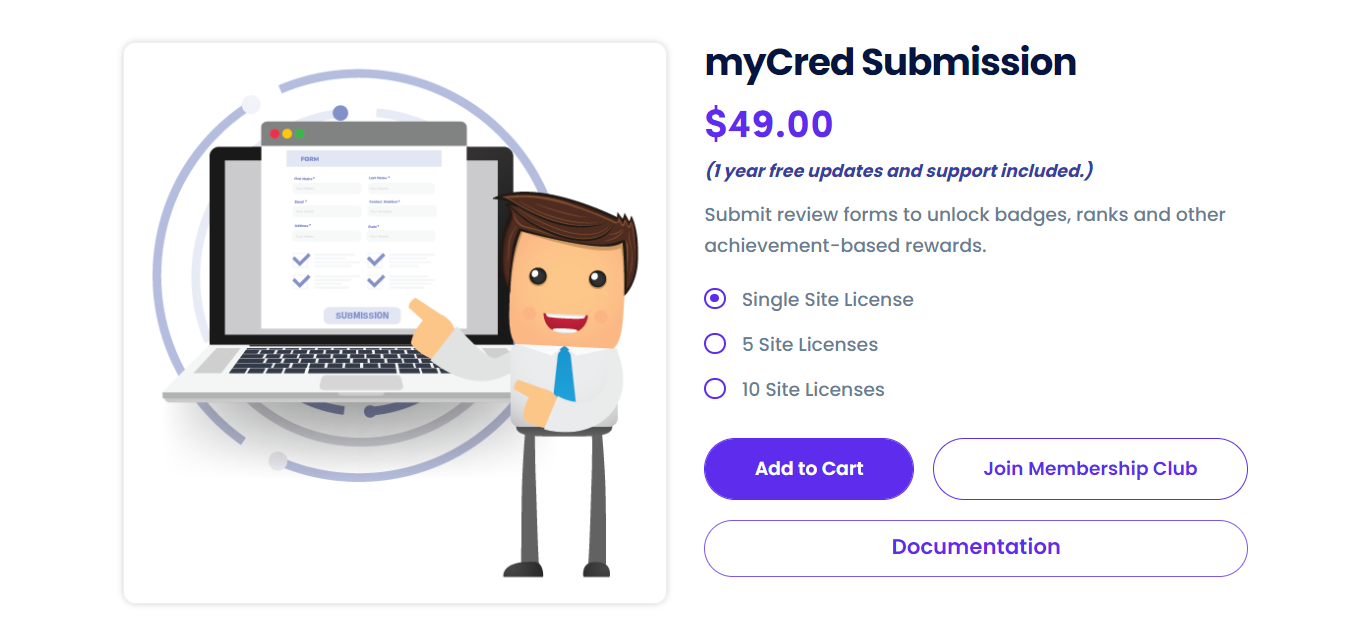
- Progress bars – Visually indicate steps completed towards a goal.
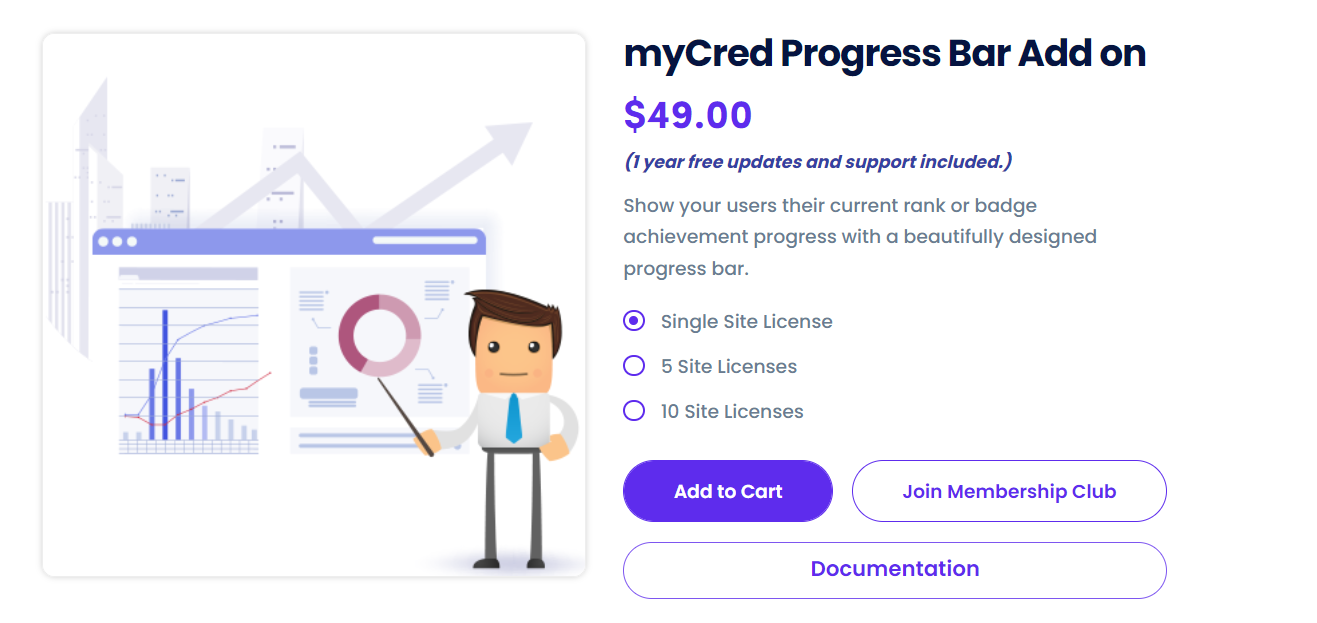
Achievement Mechanics
- Challenges – Users complete tricky tasks to unlock achievements.
- Quests – Multi-step missions users embark on.
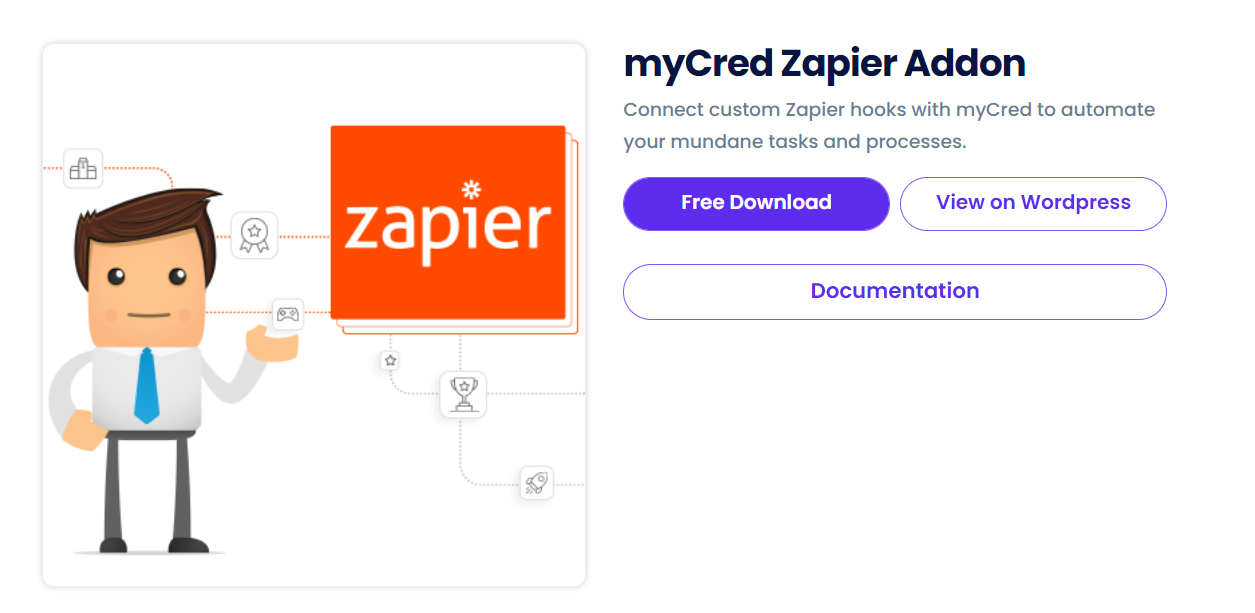
Social Mechanics
- Leaderboards – Rank users by status, performance, or progress.
- Social sharing – Enable users to share achievements with others.
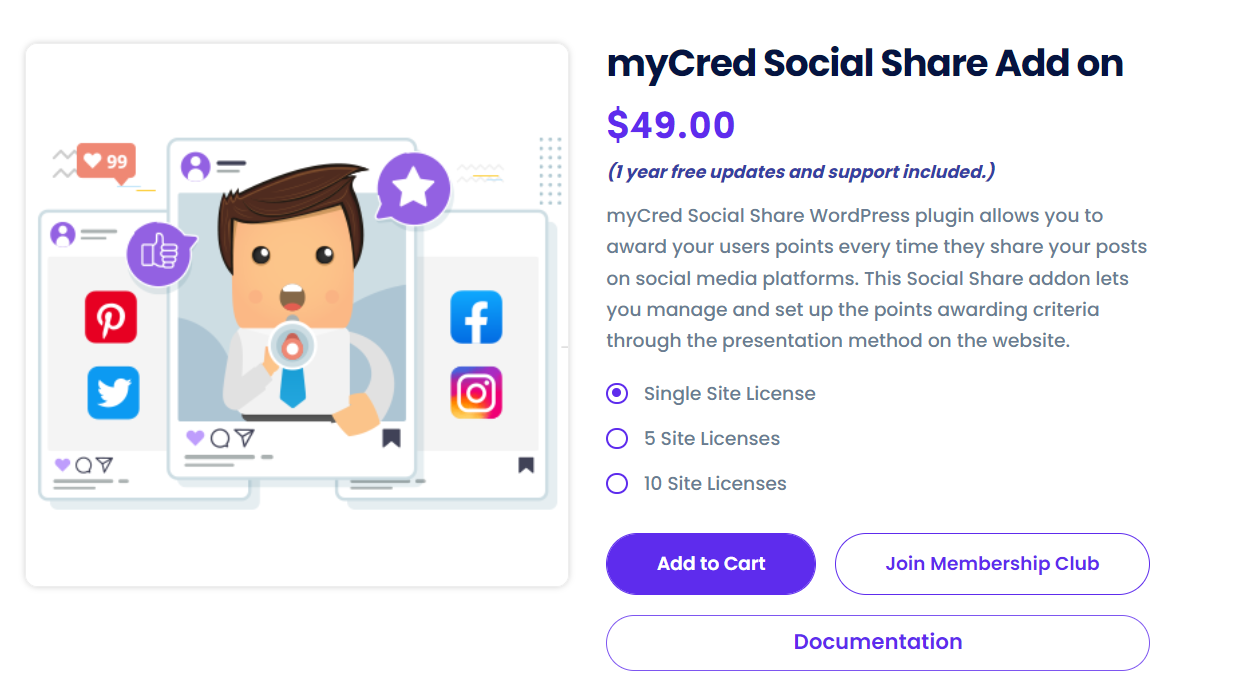
Reward Mechanics
- Digital currencies – Points or coins earned through activities.
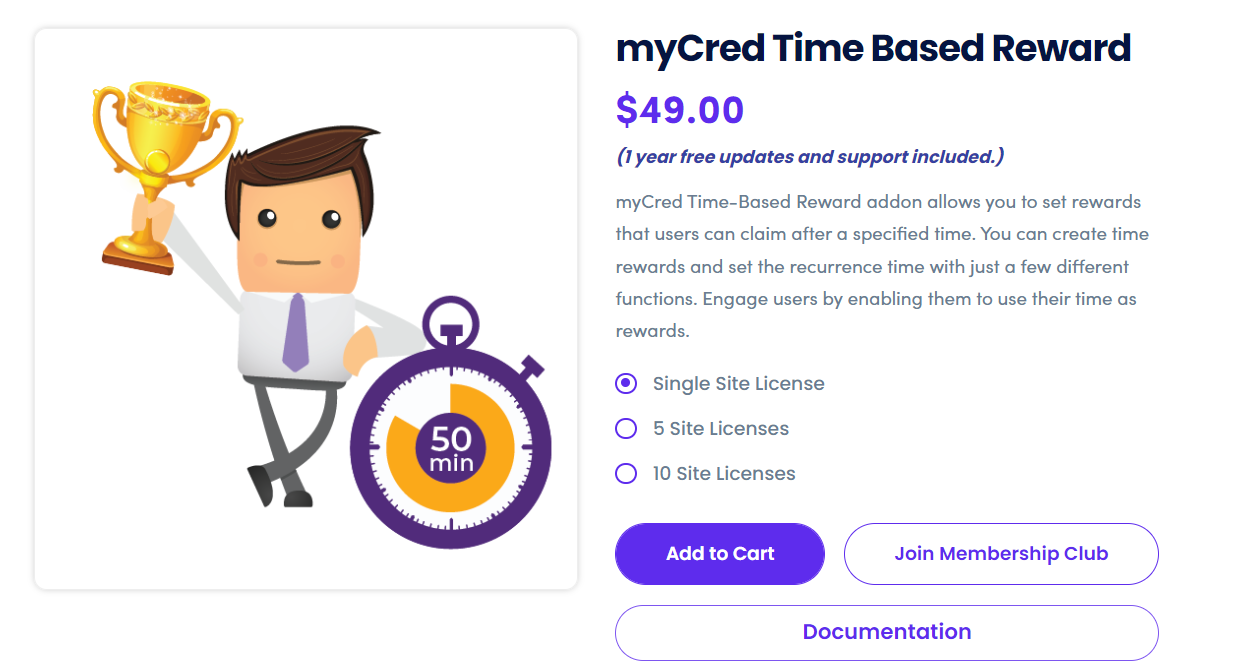
- Random reward schedules – Surprise prizes help incentivize ongoing engagement.
Experience Mechanics
- Social mechanics – Use points mechanism for social presents.
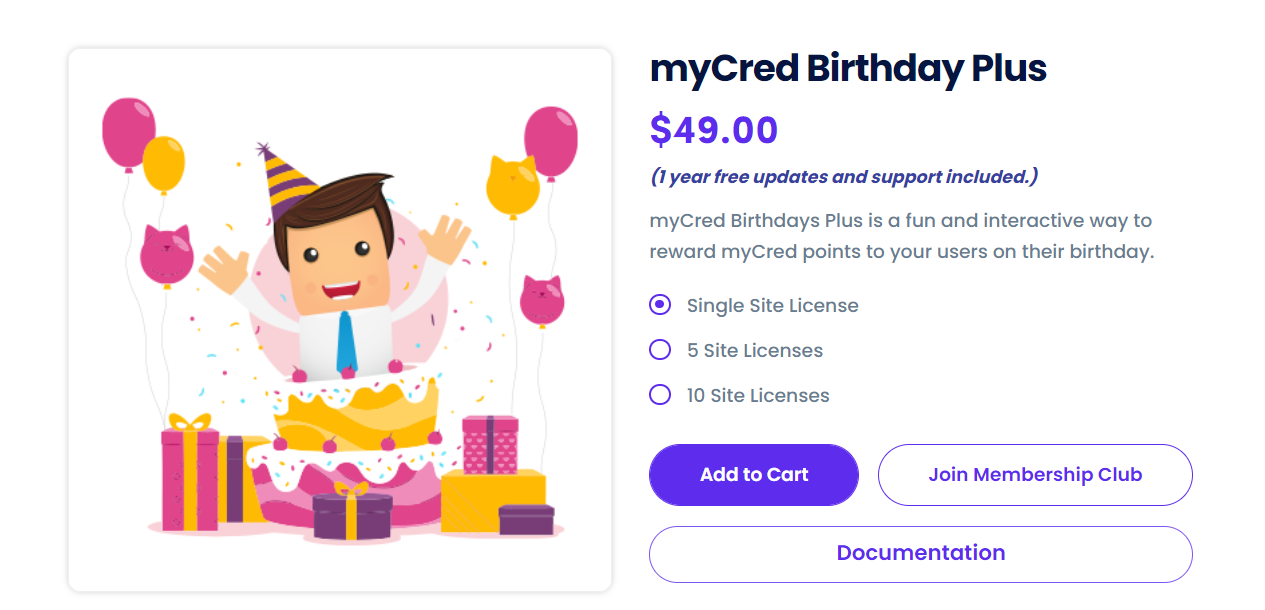
- Surprise – Hide surprises to delight users.

With creative mixes of these mechanics, the possibilities are endless for novel and engaging gamified systems beyond points and badges.
Real-Life Examples of Each Gamification Mechanic
Here are some real-world examples of how platforms effectively use these gamification mechanics:
- Duolingo implements levels to mark progress in language proficiency. Reaching new levels motivates continued learning.
- Strava, a fitness tracking app, utilizes leaderboards to let users compare running and cycling activities globally or with friends.
- Microsoft Rewards uses points as a virtual currency earned through using Microsoft products. Users redeem points for gift cards and other rewards.
- Nike Run Club features challenges like running 5k in under 30 minutes, pushing users to achieve fitness goals for special badges.
- Pinterest incorporates progress bars across its interface, like showing the percentage of profile completion, to urge users to fully populate their profiles.
- Tripadvisor offers users badges for milestones like writing 100 reviews. The social sharing of these badges motivates users to continue contributing content.
These examples demonstrate how various mechanics trigger our innate motivations and engagement. Mixing and matching game elements provides fresh varieties of gamification.
Types of Gamification – Choosing the Right Mechanics
With so many options, how do you choose suitable mechanics for your needs?
- Identify your goals – What behaviors or outcomes do you want to drive? Increased activity? Quality contributions? Helpfulness?
- Understand intrinsic motivations – Appeal to motivations like achievement, competition, status, altruism, and creativity.
- Consider your platform’s capabilities – Choose mechanics that integrate smoothly into your system’s constraints.
- Test – See what resonates most with your users through controlled A/B mechanics testing.
Gamification is an art. The exact mix of all types of gamification will depend on your audience and goals. Play around to find what gamification approaches suit your business needs.
Types of Gamification – Essential Considerations
Gamification mechanics alone don’t guarantee success. The experience, design, and implementation approach matter the most. Here are the key considerations related to gamification types:
- Focus on intrinsic motivation – Effective gamification fulfills emotional needs, not just external rewards.
- Ethical considerations – Avoid manipulation or promoting undesired behaviors. Disclose when participation is voluntary.
- User experience integration – Mechanics should enhance, not distract from core activities.
- Balance competition and collaboration – Enable individual and team motivations where appropriate.
- Avoid addiction tendencies – Limit daily status gains to promote healthy usage habits.
- Inclusivity – Make mechanics accessible and valuable for diverse audiences.
- Ongoing iteration – Continuously test and improve based on measured results.
With thoughtful design and ethical implementation, you can create engaging systems that provide value to your users.
Key Takeaways
Points and badges just scratch the surface of possible gamification mechanics. Leveling up engagement requires digging into the diverse gamification options:
- Progress mechanics like levels
- Achievement-based challenges and quests
- Social mechanics like leaderboards
- Rewards through points or virtual currencies
- Avatar and experience personalization
Combined thoughtfully, these gamification mechanics provide fresh ways to excite, motivate, and hook users.
Final Words
Gamification is not restricted to just points or badges. Various types of gamification make it look like a sizable option to leverage customer engagement. Hopefully, this blog post via various types of gamification has sparked ideas for creative implementations in your business systems. Don’t be afraid to experiment and track results to unlock gamification’s full potential.